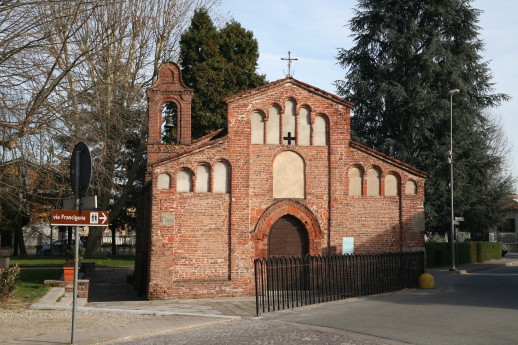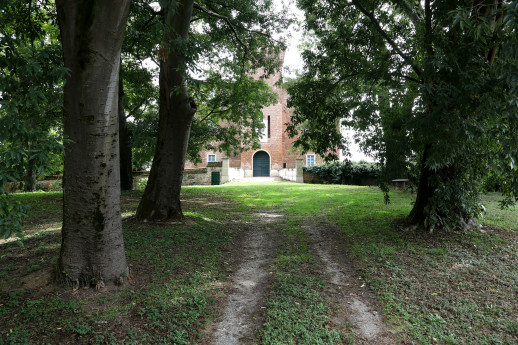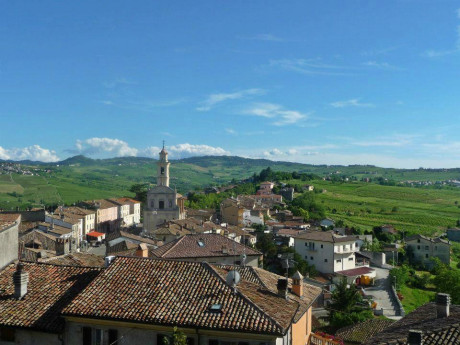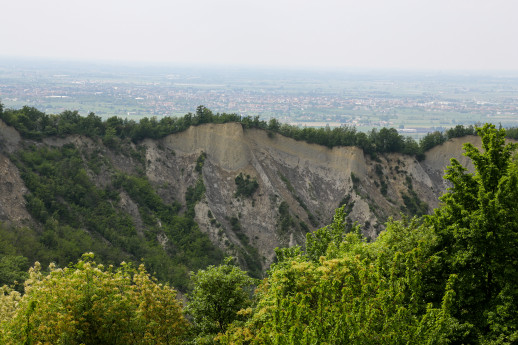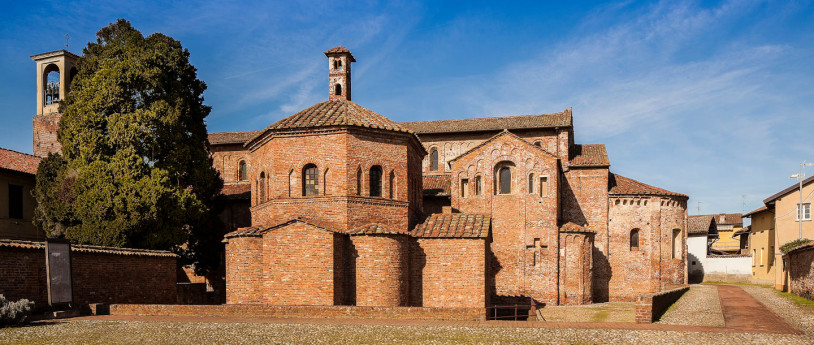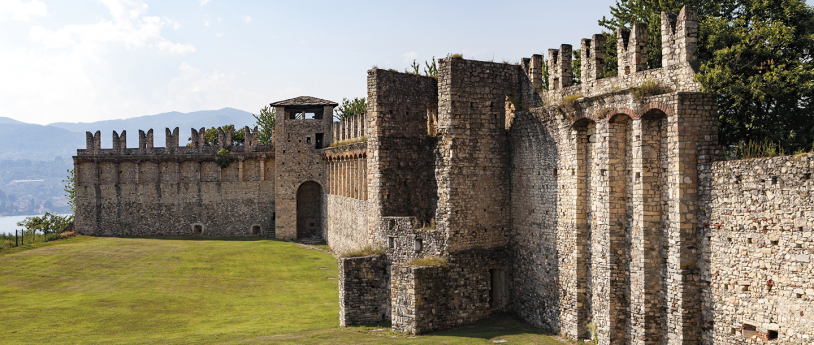Gropello Cairoli
Only the north and east wings of the original square plan Visconti period castle have survived. To the right of the façade, a massive tower with an airy ogival window framed by terracotta rosettes and with a sill supported by small intersecting arches, has also survived. The rear façade of the castle features a large hanging fireplace, an external walkway and pointed arch windows. Gropello owes its supplementary name - Cairoli - since 1888 to the five patriotic sons of Carlo Cairoli, Benedetto, Enrico, Ernesto, Luigi and Giovanni who lived here with their mother Adelaide and played a front rank role in the Italian Risorgimento.



